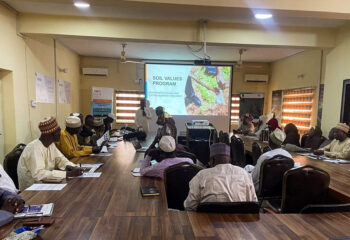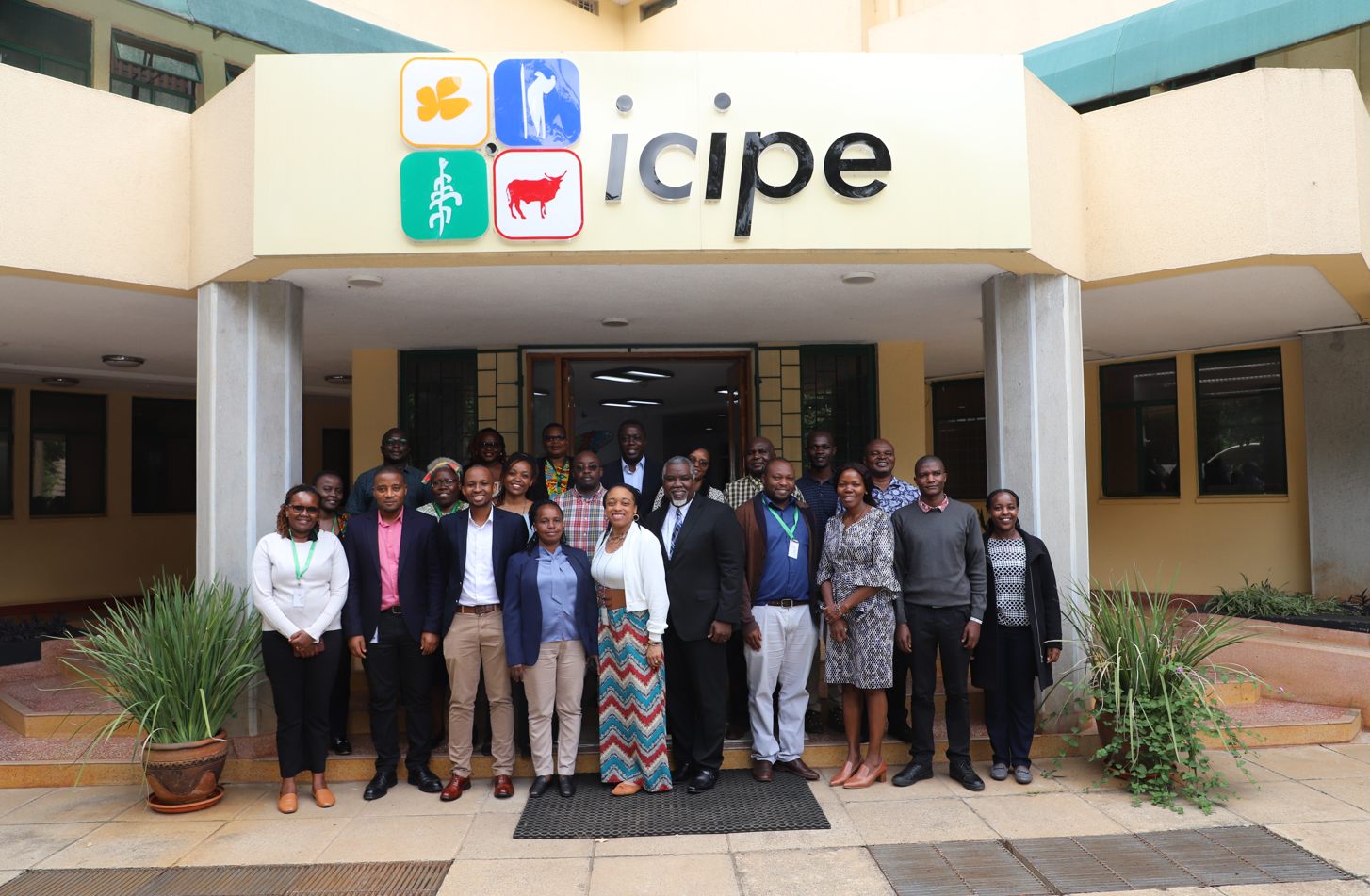
Different soils work better with different fertilizers, seeds and water regimens. Another interesting factor: Soil acts like a living thing. We must prioritize keeping it healthy.
One cup of soil contains more than 200 billion organisms. Some of these benefit plants by helping the roots “ingest” nutrients. Others are antagonistic and may hamper plant growth. Yet others react well only in certain conditions. For example, using too much fertilizer can make soil acidic, killing organisms that are helpful for plant growth. Also, most beneficial organisms that process nutrients “come alive” in healthy soil. Therefore soil conditions must be optimal for fertilizers to be most effective.
If we want to feed the world, we need to care for our soils. Recently, the Montpellier Panel released a report arguing that soil health has often been left unaddressed by development organizations. According to their findings, poor soil management affects 180 million people and results in an economic loss of $68 billion per year. Better fertilizers, seeds and other management techniques help farmers increase crop yields, but we must place an equal priority on nourishing soils.
For years, maintaining soil health simply meant ensuring the soil had all the nutrients (nitrogen, phosphorus, potassium, etc.) it needed. Now, soil health is considered to be much more complicated. For instance, we know that some micro-organisms can help a plant scavenge for nutrients in the soil. But this does not work for all plants – or all soils. Institutions such as IFDC’s semi-autonomous research arm, the Virtual Fertilizer Research Center (VFRC), are pushing forward in learning more about these organisms. They may even be the future of fertilizer.



